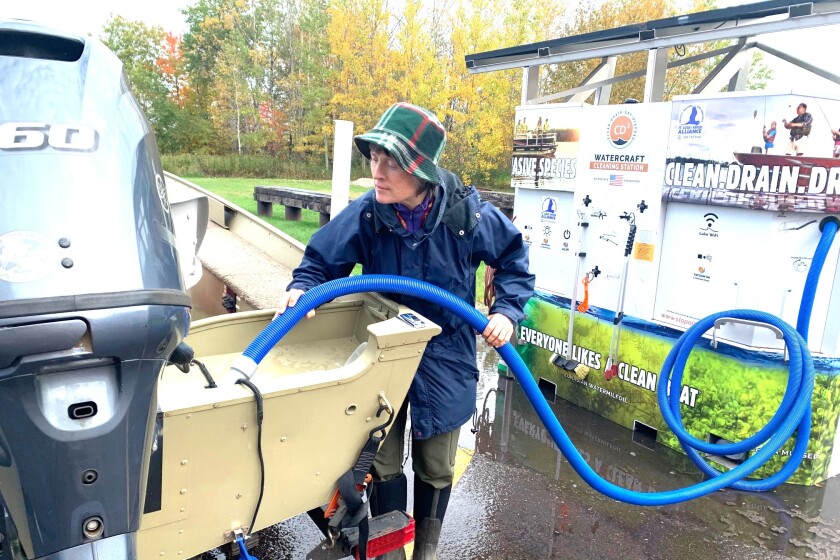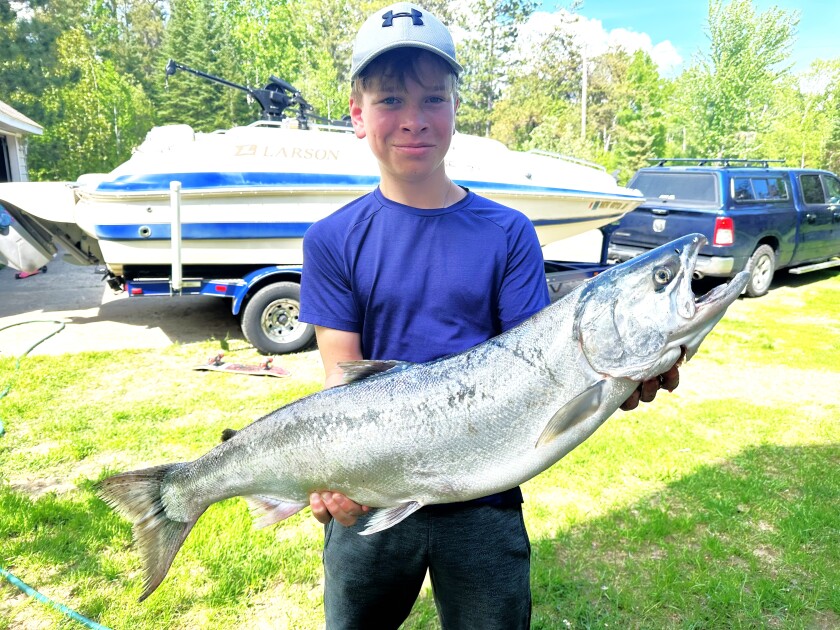DULUTH — Anglers and other boaters can use their Shop-Vac, garden hose, an air compressor — and a few minutes of elbow grease — to better clean the nooks and crannies inside their fishing boats to slow the spread of aquatic invasive species.
That’s the finding of a two-year research project by scientists at the University of Minnesota Duluth’s Natural Resources Research Institute.
ADVERTISEMENT
What researchers found, after exhaustive field tests on a fishing boat and then extensive laboratory analysis of the results, was that the vacuum cleaner in your garage, along with your garden hose and the high-pressure air from a compressor, can all be used, along with simply using your hands to pick up big pieces of vegetation, to get aquatic invaders out of your boat so you aren’t spreading them to new lakes.
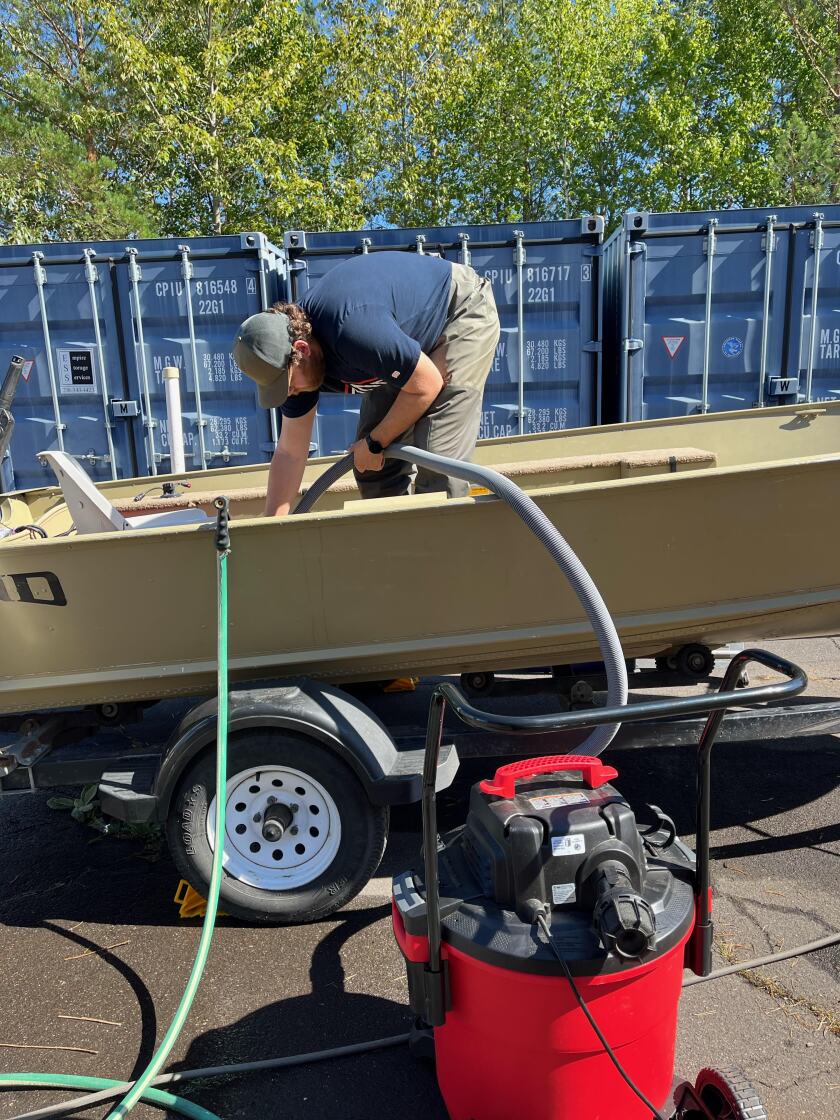
“Some basic tools and a little effort got pretty good results,” said Valerie Brady, NRRI researcher who led the project. “The vacuum was really successful. Vacuum up everything you can see — water, dirt, vegetation — and you likely will vacuum up the things you can't see.”
The research showed that just a few minutes of effort — up to seven minutes was the most time researchers spent on a cleaning — helped remove any water and weeds from inside the boat, NRRI researcher Holly Welland Kelly said. Even tiny amounts of water can carry zebra mussel babies, called veligers, and tiny spiny water fleas.
Researchers planted dead spiny water fleas in the boat along with noninvasive native plants and bits of ribbon to simulate invasive plants. Then they conducted tests using each cleaning method and then, after each test, rinsed the interior of a 16-foot Lund Alaskan boat and captured anything remaining to analyze what the cleaning effort missed.
They did this 10 times for each cleaning tool method, decontaminating the boat after each round, then replanting more invasives and their surrogates, Welland Kelly said.
They found a combination of garden hose washing, a vacuum cleaner and handpicking removed nearly 80% of potential invasive spiny water fleas from inside the boat. Even the order of what tool was used mattered, with vacuuming before rinsing working best. The cleaning could take place before leaving the boat landing, if the right tools are available, but can also easily be accomplished back home in the yard.
“The point is, it doesn't have to be perfect. You don’t have to get every spiny water flea out of the boat. … But if you reduce the total for any potential future spread, you reduce the odds that species will actually take hold in a new lake,” Brady said.
ADVERTISEMENT
Using just a garden hose to clean out the entire boat was more than 70% effective in removing spiny water fleas, while a vacuum alone was about 65% effective at removing the invaders.
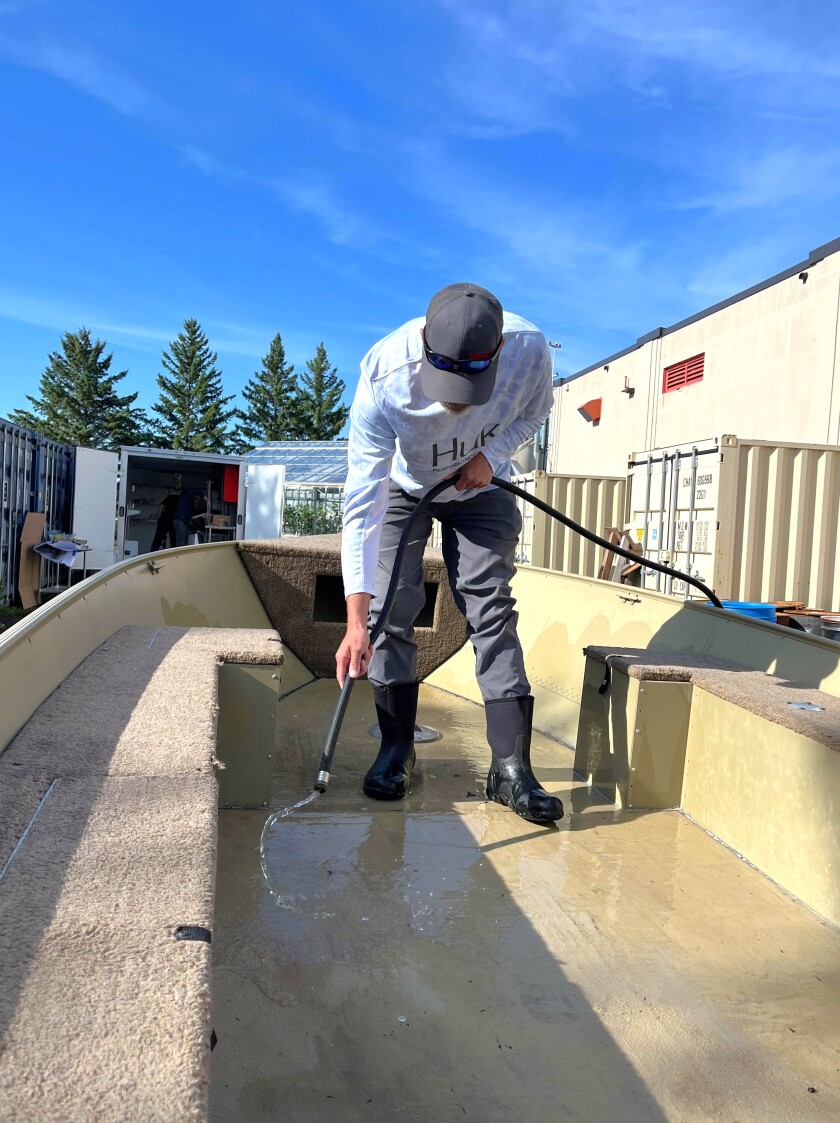
Just using your hands didn’t work well for getting rid of spiny water fleas, but it did pretty well removing simulated vegetation, nearly 90%, that was visible to the naked eye.
Using all cleaning methods combined removed nearly 95% of invasive plant surrogates.
The study found boaters should:
- Use a compressed air tool to blow out the drain line of the live well, often corrugated plastic that can hide water and critters.
- Use towels or wipes to dry inside the live well and similar spaces.
- Use a vacuum before other tools to clean a boat.
- A garden hose rinse can remove missed invasive species after using other tools, but you still need to get any water out afterward, so vacuum, drain and then dry.
“What works well to clean the outside of your boat was pretty well established,” Brady said. "You pull the drain plug; you clean off your trailer. There are a lot of cleaning stations available (at boat landings) out there that can help you with those, pretty quick and easy. What we didn’t know until now was what worked to clean out the inside of your boat, where a lot of water can be hiding, and a lot of things in that water, in live wells, under the floor.”
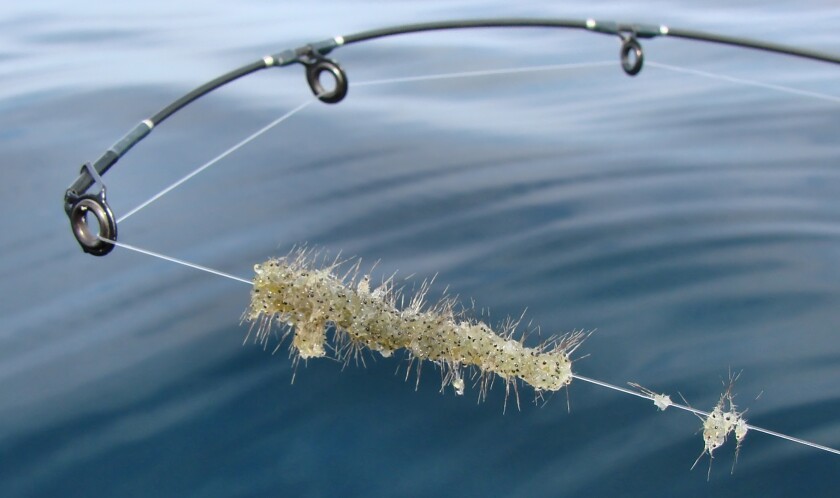
It’s also already been established what the best options are for removing invaders from fishing gear like anchor ropes, downrigger cables and fishing line: wiping them off after each use.
The tests for the inside boat project were conducted in the fall over the last two seasons in a controlled area at the NRRI building near Duluth International Airport. Scientists then analyzed more than 700 samples over the winter to see which methods were most effective.
ADVERTISEMENT
There are a few main points researchers want anglers and other boaters to take home from the results:
- It’s not that hard. A few minutes of effort inside your boat, like you would clean out the inside of your truck when you wash the outside, makes a big difference.
- It works. Combining several cleaning methods can remove more than 90% of invasive vegetation and nearly 80% of spiny water fleas.
- It’s not a lost cause. There are invasive species confirmed in about 1,350, or 12%, of Minnesota’s 11,842 lakes, including about 610 lakes with zebra mussels or suspected of having zebra mussels. That means more than 10,000 of the state's lakes, 88%, are not infested yet.

Taking a little time and effort after fishing or boating on a lake can prevent the spread of aquatic invasive species into a new lake on your next trip. File / Bemidji Pioneer
The $110,000 boat-cleaning project was funded by Minnesota's Environment and Natural Resources Trust Fund, which gets funding from the state’s lottery profits.
Preventing or at least slowing the spread of invasives is far more effective, and more cost-effective, than trying to remove them once they are established.
“We’ve dramatically slowed the spread of aquatic invasive species in Minnesota because of the actions people are taking and because we are paying attention,” Brady said. “If you look at states like Michigan, zebra mussels were essentially everywhere before they knew what was happening. Now, they have pretty much given up. Minnesota doesn't have to give up.”
How invasive species spread
It’s not birds that spread the most invasive species. It’s people, usually in and on boats, canoes, kayaks, boat trailers, mobile docks, fishing and diving gear and waterfowl hunting boats and gear.
The sheer number of potential vectors, or means of spreading, is high in Minnesota, where there were 822,450 watercraft of all kinds registered as of last year, the most of any state except Florida, which has just over 1 million boats. About 1 of every 6 Minnesotans owns a boat of some type.
ADVERTISEMENT
Aquatic invasive species in Minnesota waters
Critters: zebra mussel, quagga mussel, common European carp, grass carp, silver carp, bighead carp, faucet snail, New Zealand mud snail, spiny waterflea, eastern mosquitofish, golden clam, Asian jumping worm, round goby, Eurasian ruffe, signal crayfish, rusty crayfish.
Plants: Eurasian water milfoil, flowering rush, starry stonewort, Brazilian waterweed, European common reed, waterthymes, purple loosestrife, water hyacinth, Carolina fanwort.
Recommendations from NRRI study
- Agencies such as the DNR, lake associations and counties should provide cleaning tools, especially vacuums, at more boat launches.
- Maintain vacuums at boat cleaning stations to ensure maximum sucking power.
- Boaters should use as many tools as possible because they are more effective together.
- Agencies should place targeted signage at boat launches to explain how and when to use tools.
Is your favorite lake or river infested with invasives?
You can find out using this interactive map from the Minnesota DNR:
Decontaminate between lakes
Find free boat decontamination stations at
It’s the law
In Minnesota, you may not:
- Transport watercraft without removing the drain plug.
- Arrive at lake access with drain plug in place.
- Transport aquatic plants, zebra mussels or other prohibited species on any roadway.
- Launch a watercraft with prohibited species attached.
- Transport water away from Minnesota lakes or rivers.
- Release bait into the water.
Starry stonewort found in Pokegama Lake
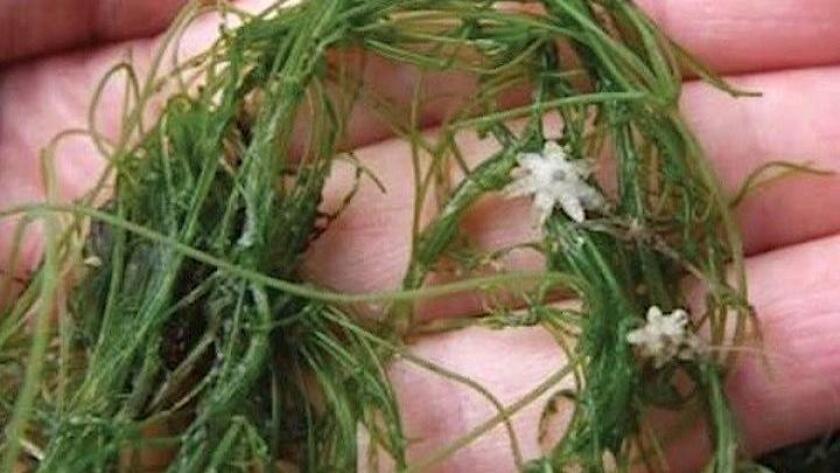
The Minnesota Department of Natural Resources this week confirmed the invasive algae starry stonewort in Pokegama Lake, near Grand Rapids in Itasca County.
ADVERTISEMENT
Specialists from Itasca County and the DNR found starry stonewort interspersed with native plants on and around a boat ramp on the southwest end of the lake. The DNR has updated signs at public accesses and is working with Itasca County to provide decontamination and expanded watercraft inspections. Follow-up surveys are being conducted to determine starry stonewort distribution in the lake.
Starry stonewort can form dense mats, which can interfere with recreational uses of a lake and compete with native plants. It is most likely spread when fragments have not been properly cleaned from trailered boats, personal watercraft, docks, boat lifts, anchors or other water-related equipment.
Starry stonewort is usually identified by the star-shaped white bulbils for which it is named. These bulbils typically don’t become visible until late summer but were observed on the starry stonewort in Pokegama Lake and in other locations this spring. The early visibility of bulbils might be due to unusually warm winter temperatures and below-average snowfall this past winter.
Starry stonewort has now been confirmed in 30 water bodies in Minnesota. It was first confirmed in Minnesota in 2015.
If you find starry stonewort or any other invasive species new to a lake or river, report it to the Minnesota DNR by contacting the closest area invasive species specialist at .

